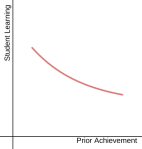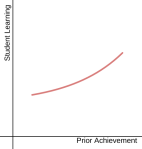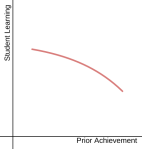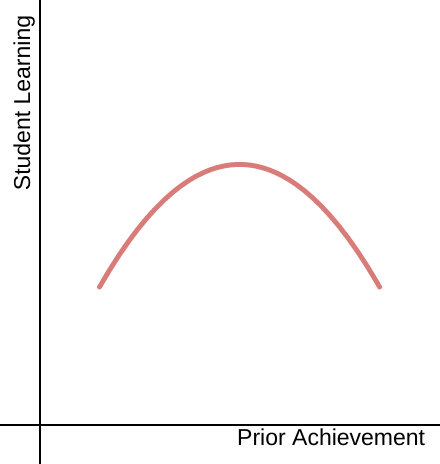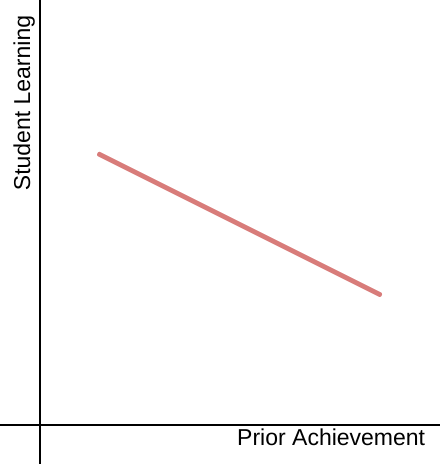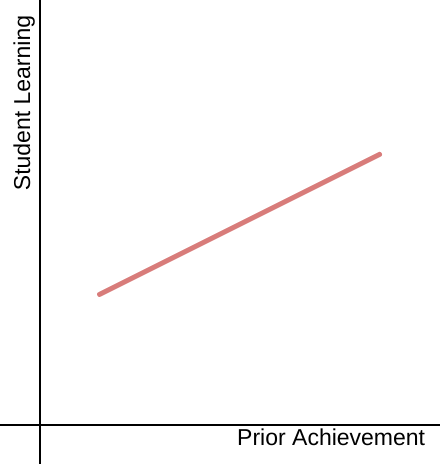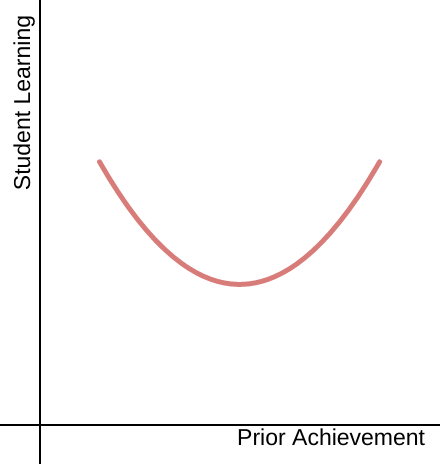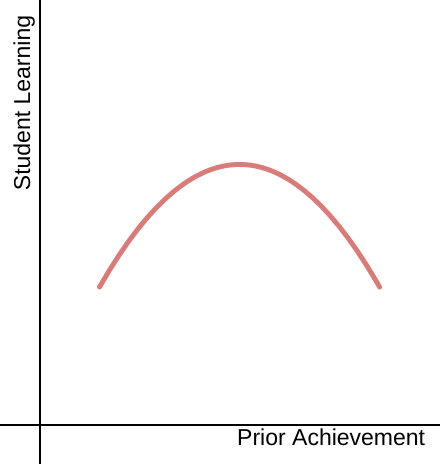Deans for Impact just published a research brief that I was involved with, titled “Practice with Purpose”. Check out the resource page and explainer video as well as the document itself. The goal of the brief was to apply the principles of deliberate practice, pioneered by Anders Ericsson and outlined in his recent book, to teacher education and professional development. Here are the principles we focused on:

The first four principles don’t seem particularly groundbreaking. Makes sense that to get better I need to push beyond my comfort zone, set specific goals, bring a great deal of focus, and receive some form of feedback. The fifth principle — develop a mental model of expertise — is one that I want to unpack here.
Mental Models
Mental models, also referred to as mental representations in Ericsson’s book, are one of the key building blocks of expertise. They’re tricky to nail down though, and they look different in various domains. For violinists, a mental model might mean an incredibly clear understanding of what their playing should produce. An expert violinist can imagine exactly what a piece should sound like before playing it, and uses that mental model to bring more life to their piece than if they were playing solely from the sheet music in front of them. A chess grandmaster might spend a great deal of time studying openings of other grandmasters and analyzing the specific decisions those players made. Through that analysis, they build a clear picture of what a great opening looks like and are better able to execute their own openings in different situations.
Experts in different fields use deliberate practice to build these mental models and improve their performance. The practice they engage in is also not simply a rehearsal of what they hope to reproduce. Violinists listen to other great musicians and work meticulously through a piece to visualize what each note will feel like. Chess players study games of great players to gain insights into their own play. Routine practice — playing the violin, engaging in a chess match — is one part of deliberate practice. But it must be accompanied by experiences that deliberately build a mental model of what expertise looks, feels, and sounds like.
So how does this happen for teachers? I’ve got three ideas that I think have made me a better teacher and helped me to practice purposefully when I enter the classroom.
Cognitive Science
I think an understanding of cognitive science is absolutely essential in creating an accurate mental model of teaching. If I want to be an effective teacher, I need to have a clear idea of both what I want to do in the classroom each day, as well as what I hope will be happening in the heads of my students. I don’t need exhaustive knowledge of the human brain, just some cognitive principles of learning that can help inform my thinking and teaching. I like Daniel Willingham’s comparison of teaching to architecture: engineering science doesn’t tell architects what a building should look like. But it does give architects some useful principles that influence the probability of positive outcomes. In the same way, principles of cognitive science provide useful guidelines in designing learning experiences, and the more insight I have into how students’ brains work, the better I’ll be able to make sense of and improve me own teaching. I can’t say enough good things about Make It Stick and Why Don’t Students Like School — two books that have taught me a ton about how learning actually happens.
Observation
I’ve been lucky to work in schools with welcoming open door policies toward observation. Beginning with my teacher residency year, I’ve observed more than 50 different teachers, across disciplines. Through this observation I’ve learned a great deal. Some of that learning is in little tricks — phrasing directions, or lesson structures I hadn’t considered. But much of the observation has been a gradual process, expanding my ideas of what great teaching can look like. I remember my first lesson of student teaching; I left that class thinking it had gone really well, and that I was pretty good at this teaching thing. I didn’t have a clear idea of what great teaching, or even half-decent teaching, looked like. As I observed more teachers and taught more classes, I developed a better idea of what I wanted my class to look like, and realized how students had learned from those first few lessons. In particular, observing teachers who I know have different strengths than I do has given me new insights into my teaching. While my gains were more dramatic early in my career, continuing to observe teachers helps me to expand my mental model of what teaching can look like and set the bar higher for my own teaching.
Reading
I’ve spent more hours than I care to admit reading other educators’ ideas in books, on blogs, and on Twitter over the last few years. Through that reading, I’ve expanded my ideas of what great teaching looks like through ideas like instructional routines and discussion structures for math class. I’ve built a better idea of what great curriculum can look like through materials teachers share and write about. I’ve reconsidered the role of feedback in my classroom and rethought the potential of feedback to support learning. And much more. Reading a new perspective in a book or a blog post doesn’t make me a better teacher instantly. But that knowledge accumulates to create a rich mental model of what I want to do in my teaching, and provides some tools I can use to improve.
Deliberate Practice
Using cognitive science, observation, and reading to inform my mental models is something I enjoy — I enjoy learning about teaching, sharing ideas with other educators, and pushing myself in new ways. But beyond my academic interest, building robust mental models improves the quality of the practice I engage in every time I walk into the classroom. These ideas help me to push beyond my comfort zone, suggest new goals to work toward, inspire me to focus on improvement, and provide a form of feedback when I compare my mental models with what actually happens in my classroom each day. I see this as a critical link between knowledge about teaching and skills of teaching. I often worry that, in my reading and writing and talking about education, I become better at talking about education but not at actually teaching. Focusing that effort on building effective mental models and putting them into practice in the classroom connects abstract learning to deliberate practice and practical improvement for me as a teacher.


